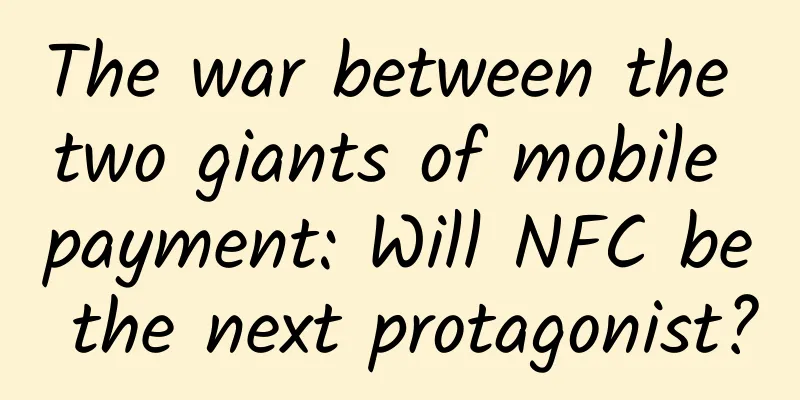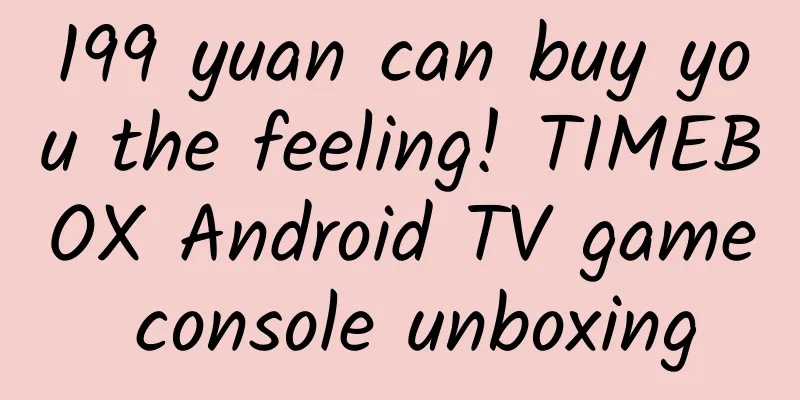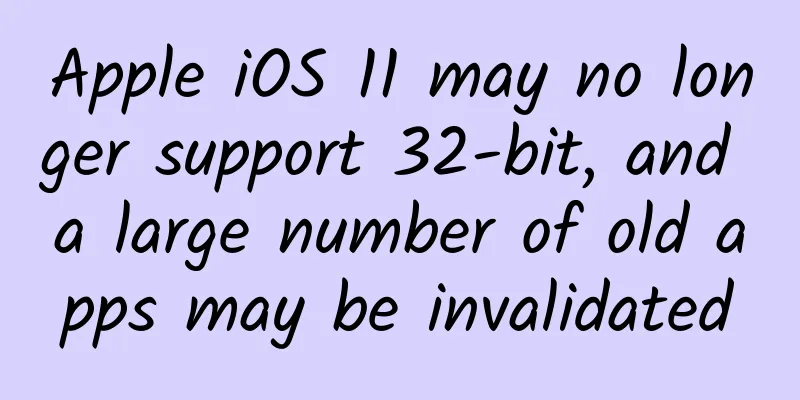The war between the two giants of mobile payment: Will NFC be the next protagonist?

|
July 10 news, how long have you not gone to an ATM to withdraw money? How long have you not used a bank card to make purchases? The large China Merchants Bank branch downstairs from my company was closed last year and replaced by a cake shop and convenience store. As people's use of mobile payments and electronic banking has gradually increased, the frequency of cash transactions has become lower and lower, and the dependence on bank branches has gradually decreased. A 2018 Mobile Payment User Survey Report shows that 80.1% of users used mobile payment every day in 2018, up 1.4% from 2017, and 89.1% of users were willing to accept barcode payment. The so-called barcode payment here refers to QR code payment represented by Alipay and WeChat Pay. However, there are also constant security risks in QR code payment. If the security issues cannot be resolved, will QR code payment decline in the future? Will NFC, which has been hovering for many years and has a higher security factor, take the lead?
Security is a difficult problem that cannot be overcome in QR code payment When it comes to mobile payment, Alipay and WeChat Pay come to mind. In fact, the current entry communication technologies for mobile payment are divided into two camps: QR code and NFC. In China, the emergence of Alipay and WeChat Pay has changed people's payment habits, while NFC, which started very early, has not exploded. Instead, the up-and-coming QR code payment has swept in like a tornado, occupying more than 90% of the mobile payment market. Nowadays, QR code payment codes are displayed at the cash registers of shops in major shopping malls, parking lots, vegetable markets and even roadside stalls. They are popular because they are convenient. However, convenience and security do not seem to be proportional. While enjoying convenience, users are also taking risks. Cases of QR code fraud continue to emerge. For example, some criminals replace the merchant's QR code with their own payment code, or forge the official QR code, causing money to flow into the hands of scammers; secretly scan the user's payment code to steal the money; sometimes scanning the code will jump to a phishing website or even the QR code may contain a virus. There is also a slight flaw, which is that QR code payment requires network support. If there is no WiFi in the environment and the mobile phone has no network signal, payment cannot be made. If relevant national departments do not include QR codes in secure market supervision in the future to ensure the security of users' payment information, QR code payment will not be able to move forward. Security is the trump card of NFC Compared with QR code payment, NFC technology has a higher payment security level, is more convenient, and has more mature technology: first, the NFC payment distance is within 10cm, and the confidentiality and security of data transmission are guaranteed; secondly, NFC mobile phones adopt a combination of SE chip hardware encryption and software encryption, and can complete the transmission of data such as ID and key in less than 0.1 seconds, greatly ensuring the security of payment. However, the industrial chain involved in NFC is relatively complex. It not only requires NFC chips and mobile phone manufacturers, but also payment clearing institutions, banks and other financial institutions to jointly promote it. I still remember that NFC started more than a decade ago, but the standards were never unified. Finally, with the efforts of UnionPay and terminal manufacturers, several mobile phones supported NFC in 2012, but at that time more than 90% of mobile phones did not have NFC function, and the cost of transformation was very high. Therefore, the first step for NFC to become popular among the public was to stop at the terminal. Secondly, since NFC mobile payment is carried out with NFC chips, in addition to mobile terminals, merchants also need to be equipped with terminal devices with NFC functions, which is not cheap. This is also one of the reasons why NFC has not been widely promoted. Third , there are relatively few user usage scenarios for NFC, and in China NFC also faces the obstacle of users' habit of using QR code payment. However, with the upgrade of smart phones, NFC has gradually become a standard feature. At the end of June, China UnionPay joined hands with six major mobile phone manufacturers including OPPO, Huawei, and Xiaomi to promote mobile flash payment. At the same time, with the development of Internet of Things technology, bus cards, bank cards and even access cards can be installed in mobile phones, freeing people from numerous cards. The technology needed is NFC. All in all, NFC still has a long way to go before it can compete with QR code payment, which has a large user base. |
>>: Produced by Tencent experts! AR basic knowledge and design practice case review and summary
Recommend
In addition to Android and iOS, there is also an "unknown OS" that is rising
[[128637]] We always think that in the near futur...
Is a zebra white with black stripes, or black with white stripes?
This article was reviewed by Zhao Xumao, a young ...
Thai fragrant rice = local rice + essence? How to choose the real "fragrant rice"?
Last night's 3.15 Party featured a number of ...
Google to release Android M system at the end of the month
[[133575]] On May 7, Google (Weibo) will hold its...
What caused the mysterious "strange disease" that appeared in Japan in the 1950s?
In the 1950s, the villagers of Minamata Village i...
Using AI software to identify poisonous mushrooms? After AI made a mistake, a person ate amanita muscaria and almost died...
Nowadays, AI technology is being widely used in a...
All the information flow advertising optimization tips you want are here!
Account optimization refers to the process of con...
The strychnos nux vomica: When I become poisonous, I can even kill myself!
In the tropical regions of our country, there is ...
Huawei App Market search keyword promotion operation process!
Huawei App Market search keyword promotion 1. Int...
An introduction to the promotional material specifications for Penguin FM’s splash screen ads!
1. Penguin FM splash screen ads Displayed to user...
Trends and challenges of digital marketing in 2017!
In 2016, phenomenal cases of digital marketing suc...
How to screen high-quality APP promotion channels?
With the rapid development of the mobile Internet...
How is a brick of the Great Wall fired?
Starting from Shanhaiguan in Hebei in the east an...
Are the prescriptions of glasses getting stronger the more you wear them? Don’t ignore these 4 ways to delay the progression of myopia!
Who told you to protect your eyes like this? I wa...
Apple couldn’t afford to mess with WeChat before, and now it can’t afford to lose to China: It’s too difficult
The choice between WeChat and Apple has become a ...









